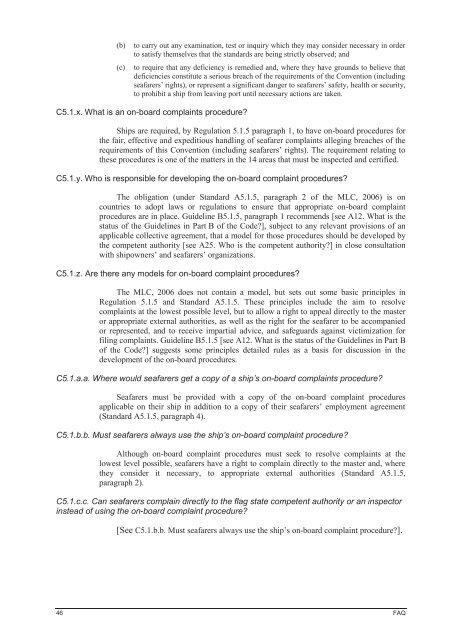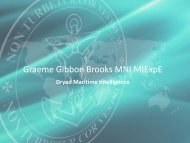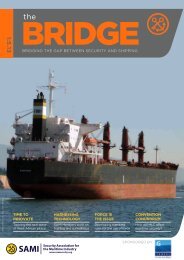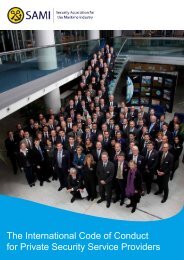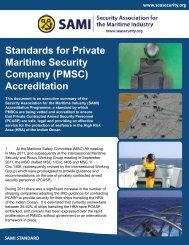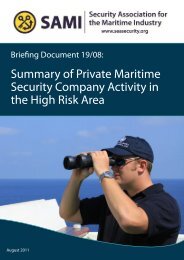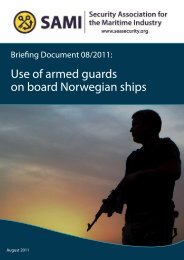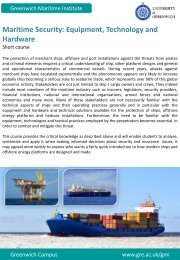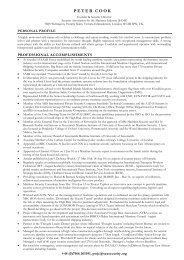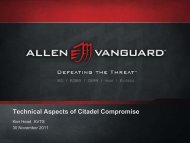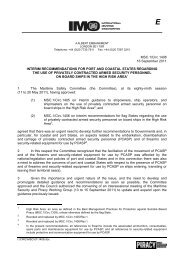SAMI Briefing Maritime Labour Convention FAQs and Text March 2013
SAMI Briefing Maritime Labour Convention FAQs and Text March 2013
SAMI Briefing Maritime Labour Convention FAQs and Text March 2013
Create successful ePaper yourself
Turn your PDF publications into a flip-book with our unique Google optimized e-Paper software.
(b)(c)to carry out any examination, test or inquiry which they may consider necessary in orderto satisfy themselves that the st<strong>and</strong>ards are being strictly observed; <strong>and</strong>to require that any deficiency is remedied <strong>and</strong>, where they have grounds to believe thatdeficiencies constitute a serious breach of the requirements of the <strong>Convention</strong> (includingseafarers’ rights), or represent a significant danger to seafarers’ safety, health or security,to prohibit a ship from leaving port until necessary actions are taken.C5.1.x. What is an on-board complaints procedure?Ships are required, by Regulation 5.1.5 paragraph 1, to have on-board procedures forthe fair, effective <strong>and</strong> expeditious h<strong>and</strong>ling of seafarer complaints alleging breaches of therequirements of this <strong>Convention</strong> (including seafarers’ rights). The requirement relating tothese procedures is one of the matters in the 14 areas that must be inspected <strong>and</strong> certified.C5.1.y. Who is responsible for developing the on-board complaint procedures?The obligation (under St<strong>and</strong>ard A5.1.5, paragraph 2 of the MLC, 2006) is oncountries to adopt laws or regulations to ensure that appropriate on-board complaintprocedures are in place. Guideline B5.1.5, paragraph 1 recommends [see A12. What is thestatus of the Guidelines in Part B of the Code?], subject to any relevant provisions of anapplicable collective agreement, that a model for those procedures should be developed bythe competent authority [see A25. Who is the competent authority?] in close consultationwith shipowners’ <strong>and</strong> seafarers’ organizations.C5.1.z. Are there any models for on-board complaint procedures?The MLC, 2006 does not contain a model, but sets out some basic principles inRegulation 5.1.5 <strong>and</strong> St<strong>and</strong>ard A5.1.5. These principles include the aim to resolvecomplaints at the lowest possible level, but to allow a right to appeal directly to the masteror appropriate external authorities, as well as the right for the seafarer to be accompaniedor represented, <strong>and</strong> to receive impartial advice, <strong>and</strong> safeguards against victimization forfiling complaints. Guideline B5.1.5 [see A12. What is the status of the Guidelines in Part Bof the Code?] suggests some principles detailed rules as a basis for discussion in thedevelopment of the on-board procedures.C5.1.a.a. Where would seafarers get a copy of a ship’s on-board complaints procedure?Seafarers must be provided with a copy of the on-board complaint proceduresapplicable on their ship in addition to a copy of their seafarers’ employment agreement(St<strong>and</strong>ard A5.1.5, paragraph 4).C5.1.b.b. Must seafarers always use the ship’s on-board complaint procedure?Although on-board complaint procedures must seek to resolve complaints at thelowest level possible, seafarers have a right to complain directly to the master <strong>and</strong>, wherethey consider it necessary, to appropriate external authorities (St<strong>and</strong>ard A5.1.5,paragraph 2).C5.1.c.c. Can seafarers complain directly to the flag state competent authority or an inspectorinstead of using the on-board complaint procedure?[See C5.1.b.b. Must seafarers always use the ship’s on-board complaint procedure?].46 FAQ


